PR
X
キーワードサーチ
▼キーワード検索
カレンダー
サイド自由欄
鉄道模型・鉄道グッズリンク
鉄道関連書籍リンク
時刻表最新号
JTB時刻表

JR時刻表

鉄道雑誌最新号
鉄道ファン

鉄道ジャーナル

鉄道ピクトリアル

鉄道ダイヤ情報

Rail Magazine
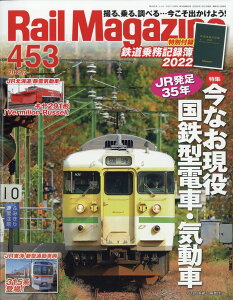
RM MODELS

j train

とれいん

鉄道模型趣味

N

旅と鉄道

楽天トラベルで旅に出よう

鉄道関連書籍リンク
時刻表最新号
JTB時刻表

JR時刻表

鉄道雑誌最新号
鉄道ファン

鉄道ジャーナル

鉄道ピクトリアル

鉄道ダイヤ情報

Rail Magazine

RM MODELS

j train

とれいん

鉄道模型趣味

N

旅と鉄道

楽天トラベルで旅に出よう
コメント新着
テーマ: 鉄道(23060)
カテゴリ: 鉄道日記
貝塚駅へやってきた理由は、南海50000系電車の撮影だけではない。この駅を起点とする水間鉄道水間線に乗るためである。
水間線は貝塚駅から水間観音駅を走る民鉄路線。
車両は東急初代7000系電車をリニューアルさせた1000形電車が走っている。全線単線のローカル線で、日中時間帯は30分に1本の間隔で列車が運行されている。
早速貝塚駅から水間観音行きの列車に乗車。終着駅である水間観音駅まで乗車した。
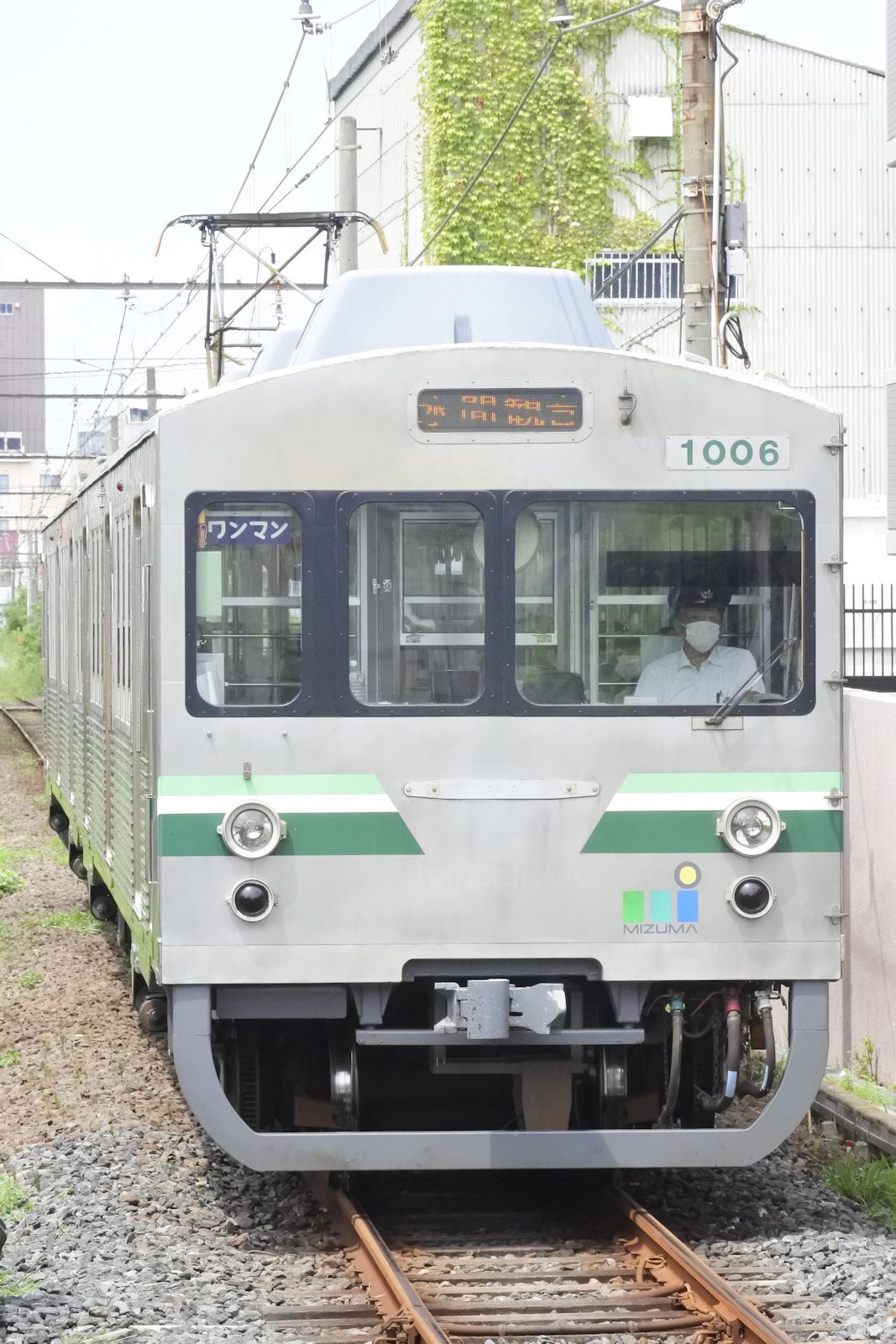
僕が乗ったのは先頭車化改造車の1005Fだった。

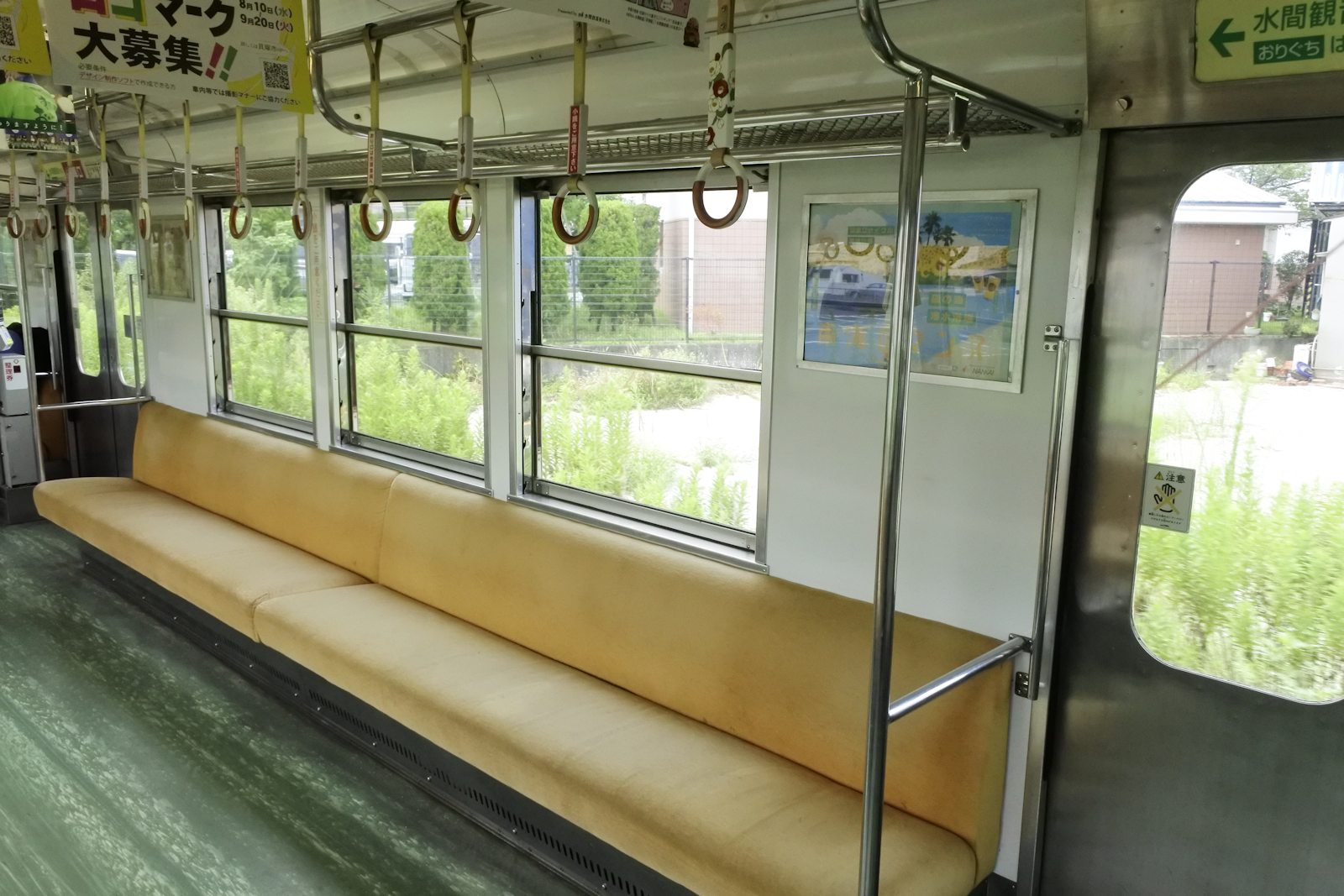

車内には「渋谷109」の広告鞘が取り付けられたつり革が残されており、この車両が東急電鉄から移籍してきたことを物語っている。


終着駅である水間観音駅には車両基地が隣接している。
1000形は2両編成4本が在籍しており、日中2本が稼働している。1003Fと1007Fは車庫で休んでいた。
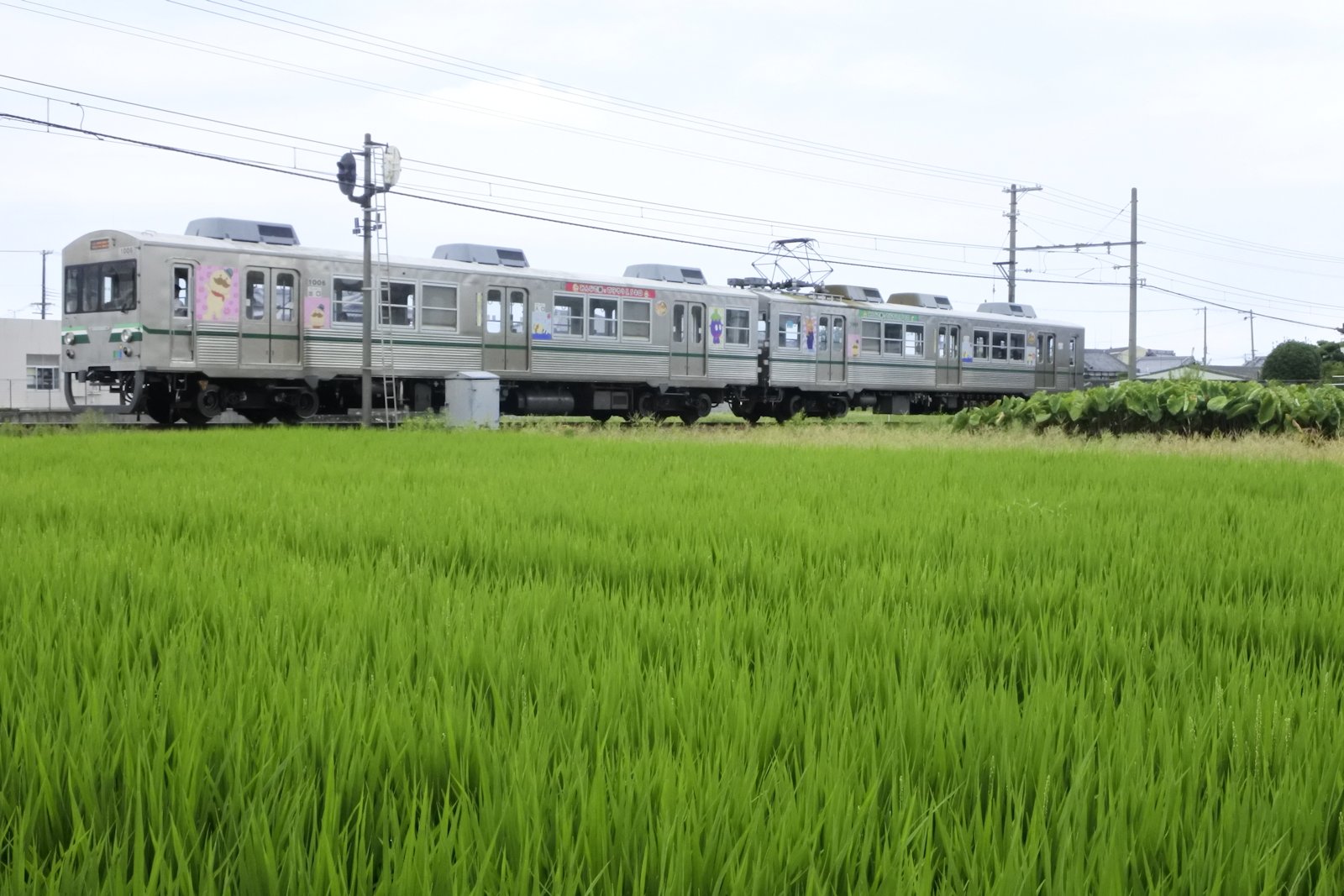
森駅~三ツ松駅間を走る1005F。
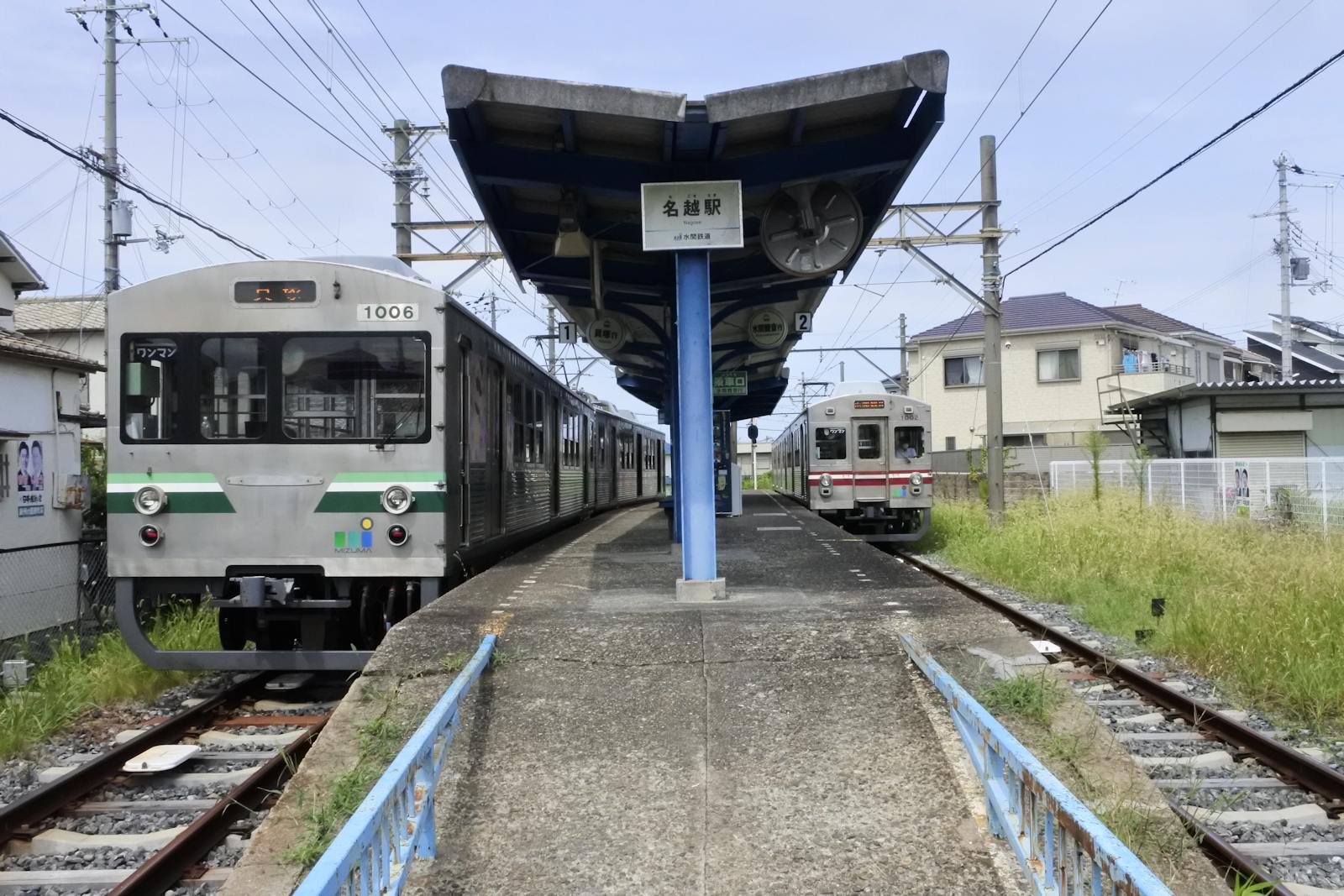
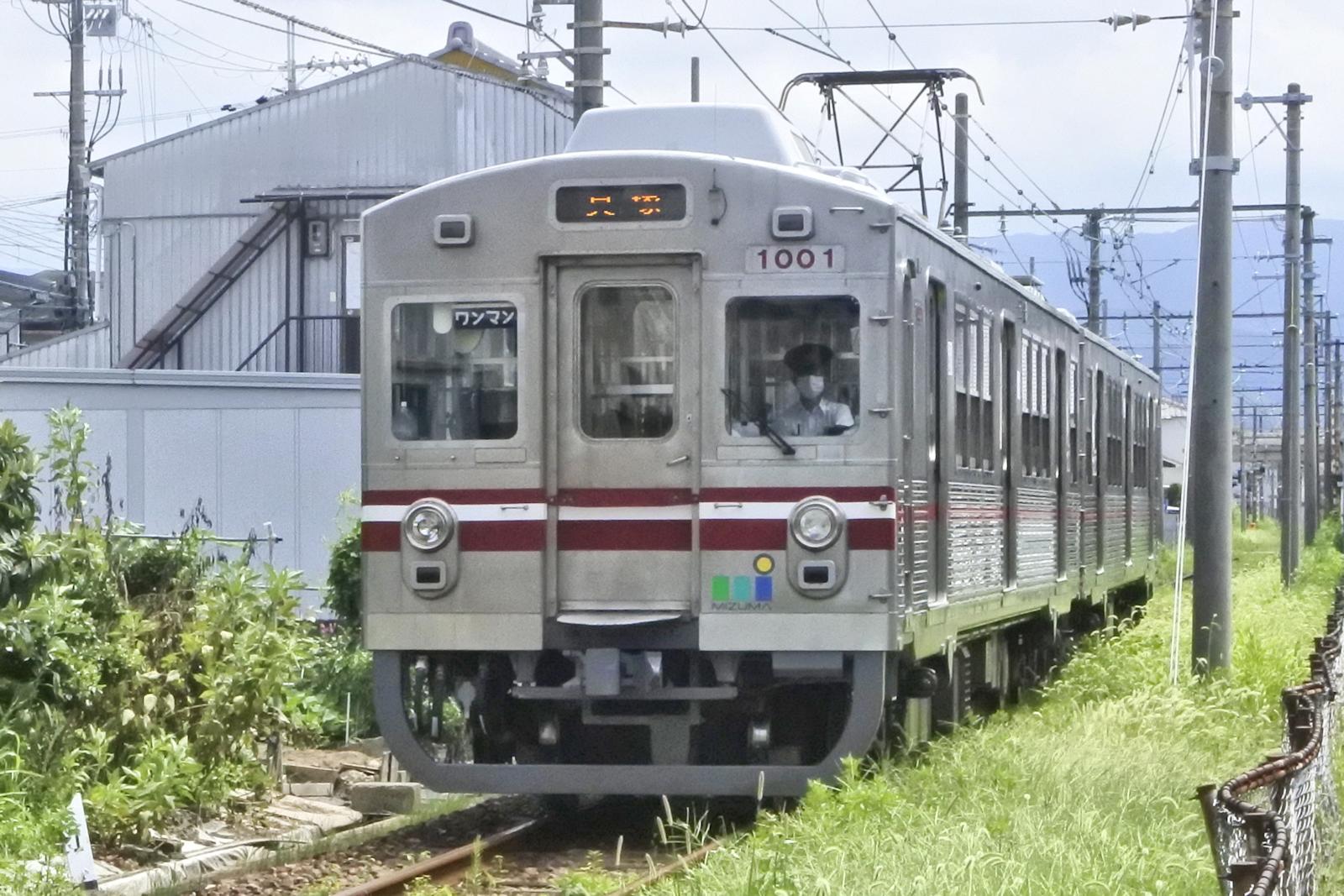
近義の里駅付近を走る1001F。
東急電鉄の車両が好きな僕としては、大阪へ行ったらぜひ一度水間線に乗りたかった。初代7000系も1980年代から1990年代にかけて多くの中小民鉄事業者へ移籍したが、秩父鉄道と福島交通へ移籍した車両は引退したため、2022(令和4)年時点で現役なのは、弘南鉄道、北陸鉄道と水間鉄道の3社である。ステンレス車であることから寿命が長いとも受け取れるが、多くが新造から60年近く経つため、これらの車両もいつ引退してもおかしくない状況にあると言えるだろう。
日本初のオールステンレス車両として、東急電鉄の歴史を大きく変えただけでなく、東急引退後は地方鉄道事業者の近代化にも貢献した初代7000系を、僕は引退するまで活躍を見届けたい。
Why I went to Kaizuka was not only to photograph Nankai 50000 Series. I also travelled on Mizuma Railway Mizuma Line between Kaizuka Station and Mizuma-kannon Station. On Mizuma Line, 1000 Series (refurbished Tokyu first 7000 Series) is in service. All of Mizuma Line is single-track except Nagose Station, and the train operates every thirty minutes in each direction.
1000 Series has two types of front design; original cabbed carriage and converted from a middle carriage. The train I got on from Kaizuka Station was a latter, 1005F set.
I found a hanging strap with Shibuya 109 advertisement (fourth photograph), which shows the carriage came from Tokyu.
On Mizuma Line, four 2-carriage trains exist, and two sets among them are in service in the daytime. On that day, 1001F and 1005F sets are in service.
Arriving at Mizuma-kannon terminal, I saw the two out-of-service sets staying at the railyard near the station (fifth and sixth photograph).
I started photographing the trains. I did one between Mori Station and Mitsumatsu Station (seventh photograph), the two meeting at Nagose Station (eighth photograph), and 1001F set near Koginosato Station (ninth photograph).
Because I like Tokyu Carriages, I have longed to travel on Mizuma Line. Many of the first 7000 Series moved to other railway companies in the 1980s and 1990s. However, those on Chichibu Railway and Fukushima Kotsu retired. The first 7000 Series is in service on Konan Railway in Aomori Prefecture, Hokuriku Railway in Ishikawa Prefecture, and Mizuma Railway in 2022. The carriages on the three railway companies also can do in a few years because it has passed about 60 years since their manufacturing.
I want to keep watching the first 7000 Series to their retirement because they are not only the first full-stainless-steel-bodied carriages making Tokyu Railways' history but also modernising railways in remote areas.
お気に入りの記事を「いいね!」で応援しよう
[鉄道日記] カテゴリの最新記事
-
お台場開催の鉄道フェスティバルへ Oct 13, 2024 コメント(2)
-
東急5050系5178Fを撮る Jun 26, 2024 コメント(2)
-
東急5050系「新幹線デザインのラッピング… Jun 26, 2024
【毎日開催】
15記事にいいね!で1ポイント
10秒滞在
いいね!
--
/
--
© Rakuten Group, Inc.








